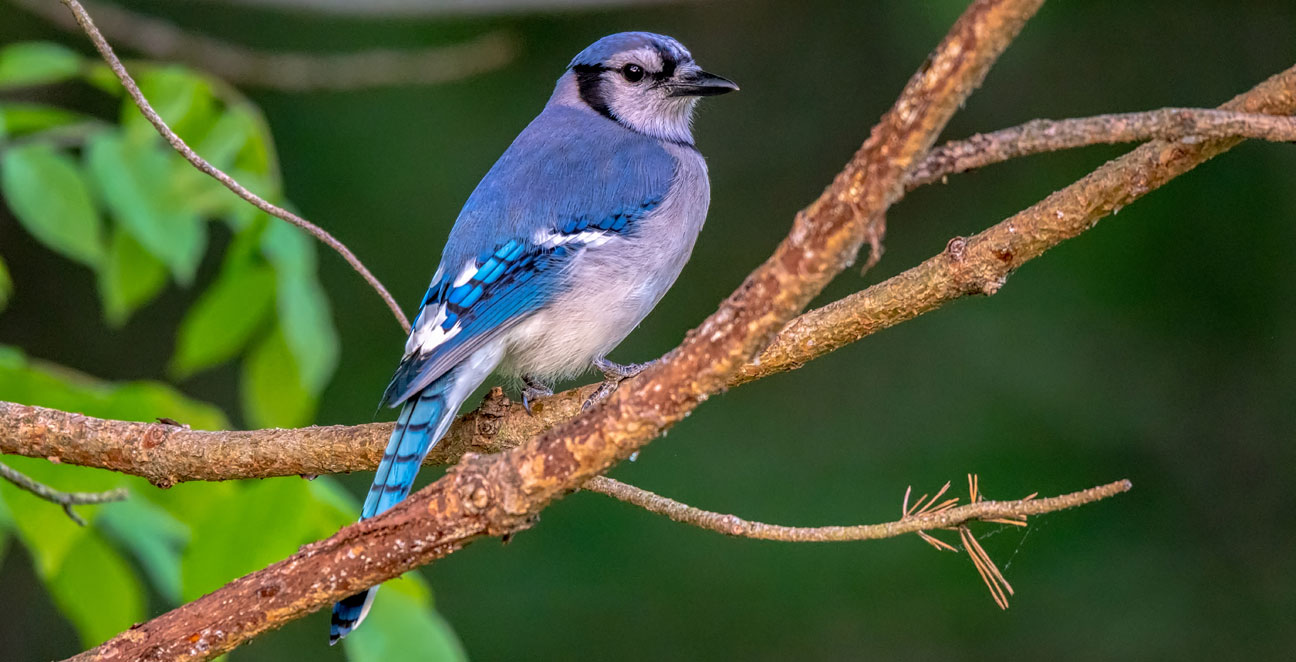
Eastern Bluebird
Scientific Name:
Sialia sialis
Length:
6.3-8.3 in (16-21 cm)
Weight:
1.0-1.1 oz (28-32 g)
Wingspan:
9.8-12.6 in (25-32 cm)
Nest:
Eastern Bluebirds put their nests in natural cavities or in nest boxes or other artificial refuges. Among available natural cavities, bluebirds typically select old woodpecker holes in dead pine or oak trees, up to 50 feet off the ground.
Eggs:
4-5, sometimes 3-7. Pale blue, unmarked; sometimes white. Incubation is mostly by female, about 13-16 days.
Feeding Behavior:
Food of an adult bluebird's diet consists of insects and other invertebrates. The remainder is made up of wild fruits or berries. It has a preference for grasshoppers, crickets, katydids, and beetles; and will also eat earthworms, spiders, millipedes, centipedes, sowbugs, and snails. Bluebirds feed by perching on a high point, such as a branch or fence post, and swooping down to catch insects on or near the ground.
Young:
Both parents bring food to the nestlings, and young from a previous brood also help to feed them in some cases. Young leave the nest at about 18-19 days on average. 2 broods per year, sometimes 3.
Range:
The eastern bluebird is found east of the Rockies, southern Canada to the Gulf states, and southeastern Arizona to Nicaragua. Bluebirds tend to live in open country around trees, but with little understory and sparse ground cover. Original habitats probably included open, frequently burned pine savannas, beaver ponds, mature but open woods, and forest openings. Today, they are most common along pastures, agricultural fields, suburban parks, backyards, and even golf courses
Brief Description:
Male bluebirds have a bright head, back, and wings. Their breast is a brownish red. Females are lighter with gray on the head and back and some blue on their wings and tail. In females, the breast is usually lighter in color than in males, and is more orange.